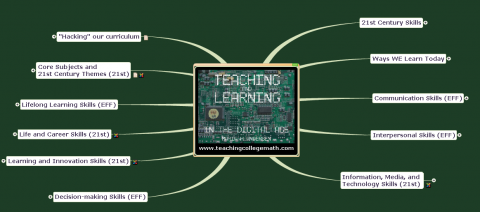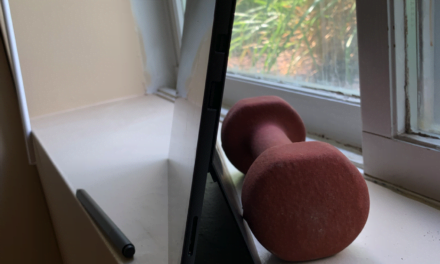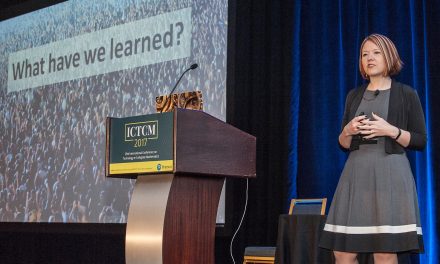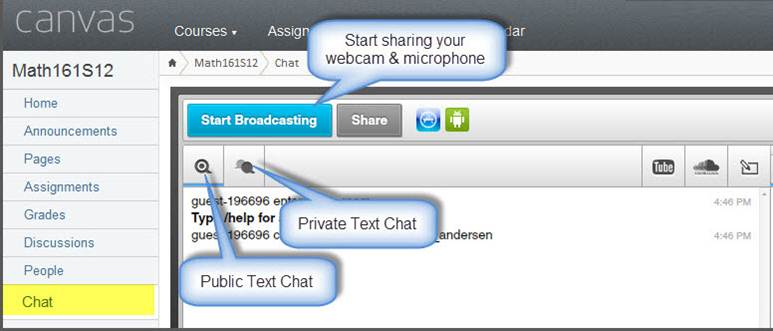Two years ago at the beginning of the fall semester, I was given the chance to speak to the faculty on my campus about technologies for teaching and getting organized, which is how the mindmaps Web 2.0 for You and Organize Your Digital Self were born. Now two years have gone by, and I’ve given both of these talks (updated with each presentation) all over the country in various formats.
This year, the Faculty Association invited me to give another talk about what I’ve learned about technology and teaching. Although I got to choose the specifics, I figured it had to be a departure from these other two talks (since at least 1/3 of the faculty have seen those). After much thought and gnashing of teeth, I decided to focus on learning more than teaching, or rather, how the way we teach should be motivated by what we want students to learn.
This brings up the rather sticky question, What should students be learning today? To answer this, I did a lot of research and reading. In K-12, there are several state initiatives to infuse “21st Century skills” into the classroom – many of these initiatives are part of the Partnership for 21st Century Skills (which has an excellent website). Another organization that is leading the way aims at adult education: Equipped for the Future (EFF) is housed in the Center for Literacy at the University of Tennessee. Both organizations outline a set of “standards” or “fundamentals” with specific objectives for each. You’ll see that I’ve largely built my presentation around the goals of these two initiatives. The two sets of initiatives overlap in places, but you’ll see that they are framed a bit differently. At the community college level, we are concerned about teaching students who are fresh out of high school as well as those who are adults returning to school.
The big takeaway from all of my reading is that we have to teach students skills that will help them flex into new jobs as the market constantly shifts to accommodate new technological advances, global competition, and sudden “black swan” events (can you say sudden economic collapse?). Like it or not, the majority of programs in higher education prepare students for a specific career (journalist, nurse, engineer, teacher, etc.), but the industrial-age model of a “career-for-a-lifetime” is ending.
In Michigan, this lesson is particularly painful as we watch a large group of workers in their 30s, 40s, and 50s return to school to be “retrained.” These folks are not just factory workers, they are managers, engineers, prison guards, retail workers, bank employees, education parapros, school administrators, nurses, journalists, printers, non-profit employees, counselors, and social workers. Many of these folks have been through the system of higher ed once, and now they face a mandatory second run at it. What worries me is that we may just be setting them up to experience the same thing when their second career fails. This is our time to step up to the plate by teaching technology skills that will make our students employable and ready to face the next few decades of work, not just the next job.
The closest model for a degree allowing a large amount of career flexibility for the digital age is the hallowed “liberal arts degree.” However, the Liberal Arts degree needs a wee bit of modernizing for the digital age. I think there is a way to carefully “hack” a better liberal arts degree into our existing system (like a patch to an older piece of software). However, this is a blog post all unto itself (see a hint of what is to come on the last branch of the map for this presentation).
Anyways, I digress. The presentation is called Teaching and Learning in the Digital Age, and it is presented mindmap-style.

When I talk about technology, I like demonstrate by using the technologies as an integral part of my presentation. First, I build the presentation so that it is based on a discussion with the audience. No speaker, no matter how good, can have much lasting impact if they simply tell their message. However, if your audience is able to engage with what you’re saying for a long time after they see you, you stand a much greater chance of making a difference.
If you explore the map, you’ll see that I have a small slide deck on one of the branches (for a section that had to present a linear argument). There is a live chat room to simulate the “back conversation” that you can foster via twitter in a conference presentation or the text chat in a webinar session. Finally, there’s a PollEverywhere attached to one of the map branches that can be answered via texting or a web page.
Aside from the technologies that I will use during the presentation, I’ve tried to come up with specific examples (most involving technology) of ideas for implementing the 21st century skills in the higher ed setting. Each branch of the presentation terminates with ideas and links to resources that will aid in implementing the ideas.
Thus, the nuts and bolts of the presentation demonstrates practical ways to use technology, but the technology use is embedded inside of a discussion/presentation about why students should be learning these skills.
More later on how to “hack” higher ed … in the meantime, if you’ve got a teaching example to demonstrate one of the skills on this map, please comment them in!




